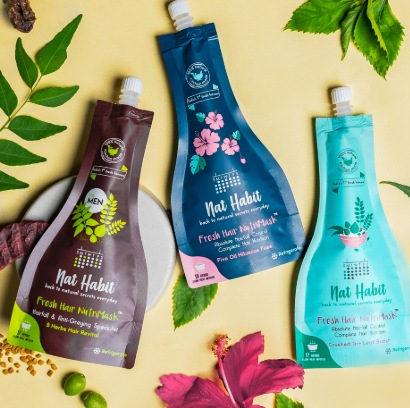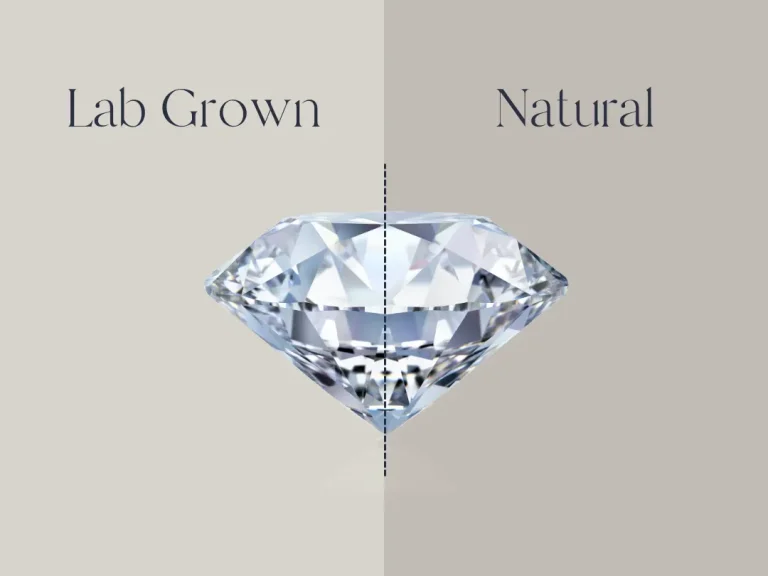For decades, Indians have squeezed their feet into shoes sized according to US or European standards. Often, this resulted in discomfort, blisters, and even foot deformities. But a revolutionary change might be on the horizon with the proposal of a new, indigenous shoe sizing system called ‘Bha’.
Developed by the Council of Scientific and Industrial Research (CSIR) – Central Leather Research Institute (CLRI), Bha is named after ‘Bharat’, signifying its Indian origin. The impetus for this system arose from a nationwide survey conducted between December 2021 and March 2022. The study, utilising advanced 3D foot scanning technology, analyzed over one lakh Indian feet across diverse locations.
Between December 2021 and March 2022, a survey was conducted covering 1,01,880 people in 79 locations across five geographical zones. The survey discovered that the average Indian woman’s foot size reaches its highest point at around 11 years of age, while for Indian men, it peaks at about 15 or 16 years old.
The survey revealed a significant discrepancy between Indian foot morphology and the existing sizing systems. Indian feet tend to be wider than their Western counterparts, leading to a mismatch, especially for children and teenagers who often end up wearing shoes that are either too tight or too loose. This can cause long-term problems like bunions, hammertoes, and ingrown toenails.
Bha aims to rectify this issue. Unlike the current 10 sizes in the US system and 7 sizes in the European system, Bha proposes eight distinct sizes catering to various age groups and genders. These sizes will offer additional length and width for improved comfort.
BHA proposes eight footwear sizes: I – for infants (0 to 1 year), II – for babies (1 to 3 years), III – for small children (4 to 6 years), IV – for children (7 to 11 years), V – for girls (12 to 13 years), VI – for boys (12 to 14 years), VII – for women (14 years and above), and VIII – for men (15 years and above).
The new system simplifies manufacturing by streamlining size categories. Currently, manufacturers need to produce a wider range to accommodate half sizes. Bha eliminates this need, potentially leading to cost reductions and improved efficiency.
Initial trials propose focusing on sizes III to VIII, which would encompass a significant portion of the population. This would ensure a perfect fit for nearly 85% of Indians.
While Bha is still in its proposal stage, it has garnered significant interest from the footwear industry. Experts believe Bha’s implementation could revolutionize the Indian footwear market. Here’s a glimpse into the potential benefits:
- Enhanced Comfort: Shoes designed specifically for Indian feet will provide superior comfort and reduce foot-related ailments.
- Improved Foot Health: Proper fitting footwear is crucial for maintaining good foot health, especially for children whose feet are still developing.
- Wider Variety: Bha could encourage the creation of a wider variety of shoe styles catering to specific Indian needs, like wider sandals or more accommodating work boots.
- Manufacturing Boost: A standardized sizing system could streamline production and potentially lead to a cost reduction for manufacturers.
To revamp the current sizing systems, BHA plans to introduce new footwear sizes. Departments recommend providing footwear manufactured according to BHA standards to users for trial, testing, and feedback. BHA is anticipated to be implemented around 2025.
















